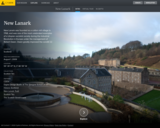
1786 CE - 1968 CE, Utopian Village of the Industrial Revolution
- Subject:
- Architecture
- Arts and Humanities
- CTE
- World history
- Date Added:
- 06/06/2017

1786 CE - 1968 CE, Utopian Village of the Industrial Revolution
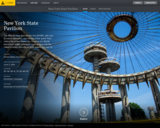
1964 CE, The 1964-65 New York World's Fair (NYWF), with over 51 million attendees, was the last of the ‘great' Fairs held in the United States. For the price of a $2.00 admissions ticket, a Fairgoer could glimpse into the nation's history, discover art from around the world, view advances in science and technology and peer into the future, all in one compact locale. Many of the technologies we enjoy today, or the foundations that made them possible, were showcased at the 1964-65 NYWF.
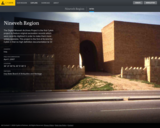
6000 BCE - 600 BCE, Flourishing Capital of the Assyrian Empire
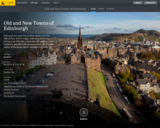
1125 CE - 1850 CE, Scotland's Medieval and Neoclassical Capital
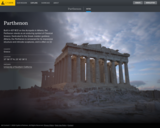
438 BCE- 500 CE, The Parthenon: The temple of Athen's patron goddess

900 BCE - 146 BCE, The amphitheaters found around the Mediterranean are one of the most important legacies left from ancient civilizations. Their architecture, acoustics, and quality of structure give clue to their social importance and craftsmanship. As important as they were historically, they are equally as important now to the living legacy from tourists to local performers. However, it is also this continued interest that has become a contributing factor to the deterioration of these sites. ATHENA Project
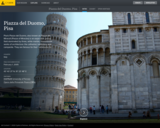
1064 CE - 1500 CE, The Leaning Tower of Pisa
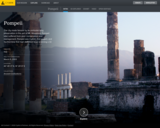
700 BCE- 79 CE, Legendary Italian City Destroyed by Mt Vesuvius
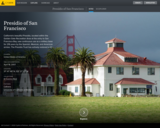
1776 CE - 1994 CE, Spanish Fort in the Heart of San Francisco
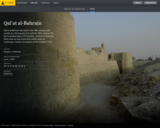
3200 BCE - 1600 CE, 4,000 Years of Human Occupation- Qal'at al-Bahrain was built in the 14th century, and served as a Portuguese fort until the 16th century. The fort is located atop a 17.5 hectare, artificial hill that has been built up over more than 4,000 years of continuous, human occupation at this location. The site is the former capital of the Dilmun civilization, and one of the most important archaeological sites of the Bahrain Archipelago. Excavation over the past 50 years has revealed residential, public, commercial, religious and military military structures, that testify to the importance of the site over the centuries.

1050 CE - 1243 CE, An Ancient, Royal Stepwell
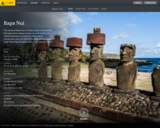
300 CE - 1550 CE, Monolithic Moai of Easter Island
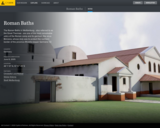
90 BCE - 258 CE, Excavated Remains of the Roman Army in Germany - The Roman Baths in Weienburg - also referred to as the Great Thermae - are one of the most remarkable relics of the Roman camp and its garrison, the vicus Biriciana, whose duty was to protect the northern border of the province Rhaetia (Upper Germanic Rhaetian Limes). The baths that served the garrison are located at the edge of the present day city of Weißenburg in Bavaria. They are among the very few such archaeological remains that are preserved on German soil.
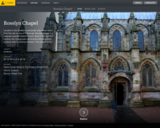
1446 CE - 1592 CE, Rosslyn Chapel, formally known as the Collegiate Chapel of St Matthew, is a 15th-century chapel located at the village of Roslin, Midlothian, Scotland.
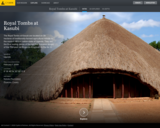
1881 CE - 1969 CE, Ritual Burial Site of the Buganda Kings
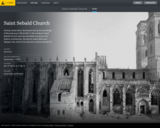
1230 CE - 1957 CE, Medieval Church in Nurnberg
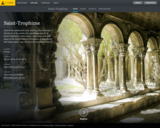
1150 CE - 1801 CE, A Romanesque Masterpiece in the Heart of Provence

1549 CE - 1763 CE, Original Portuguese Capital of Brazil
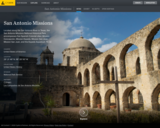
1718 CE - 1821 CE, Spanish Mission System of Colonial Texas
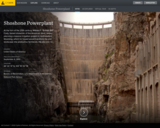
1922 CE - 2015 CE, Irrigating the West and Powering the Future